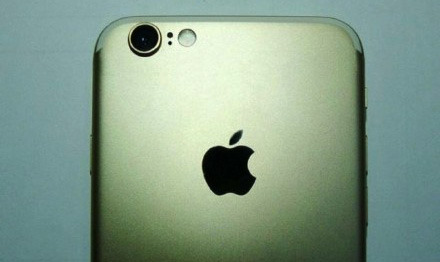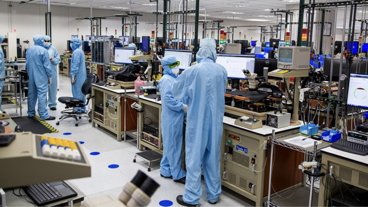Catcher — Apple's partner on metal chassis components — claimed a significant drop in June revenues on Thursday, but linked the dip to unnamed clients switching orders over from old products to new ones.
The supplier's revenues fell 4.6 percent month-to-month, and 9.4 percent year-over-year, according to DigiTimes. Likewise, while second-quarter revenues were up 4 percent sequentially, they were down 12.9 percent versus Q2 2015.
Catcher didn't mention Apple by name, but the iPhone maker is one of its major clients and believed to be in mass production of the "iPhone 7" and "7 Plus" for launch later this year, most likely in September. The scale of iPhone launches is such that manufacturers like Foxconn and Pegatron need to start two months or more in advance.
Notably, Catcher said it anticipated a sales rebound in the second half of 2016. A similar outlook was recently shared by Flexium, a supplier of flexible printed circuit boards.
A number of suppliers have indicated that Apple has been pulling back on orders during 2016, owing to softer-than-expected demand for the iPhone 6s and 6s Plus. The company in fact posted its first-ever year-over-year decline in iPhone sales during the March quarter, and June-quarter results may also be disappointing when they're announced on July 26.
Foxconn has suggested that sales will be weak until early 2017, which is seemingly contradictory with Catcher and Flexium. This might however tie in with rumors that the "iPhone 7" will effectively be another interim update while Apple works on major hardware advances for next year's iPhones.
 Roger Fingas
Roger Fingas








 Andrew Orr
Andrew Orr
 Amber Neely
Amber Neely
 Marko Zivkovic
Marko Zivkovic
 William Gallagher and Mike Wuerthele
William Gallagher and Mike Wuerthele



 Mike Wuerthele
Mike Wuerthele








2 Comments
Can we just stop with the rumors and innuendo on AppleInsider? This is the kind of crap analysts use to manipulate stock prices. Apple is doomed. Apple is not doomed. Apple is doomed. Apple is not doomed. All these reports do, good or bad, is confirm the biases of those with axes to grind.
At the iPhone's scale, I wonder what is the cost of the "lumpiness" of production. Not just the tools and machining which seem overtaxed at launch and then likely underutilized six months later, but also the cost of compressed development time (if chassis are already in production, final design had to be specified months ago and so the cutoff for inclusion of new technologies is even earlier, etc.). Smaller production runs, although more expensive, should allow either or both of (i) inclusion of more recent advances or (ii) more development and planning time. None of this is news but I wonder how much this costs in terms of sales and profits. Interestingly, I also don't see an easy way out of this problem. So long as there is a large cohort of consumers who want the most up-to-date phone, there will be massive demand at launch and a tradeoff between efficiency and disappointed customers.